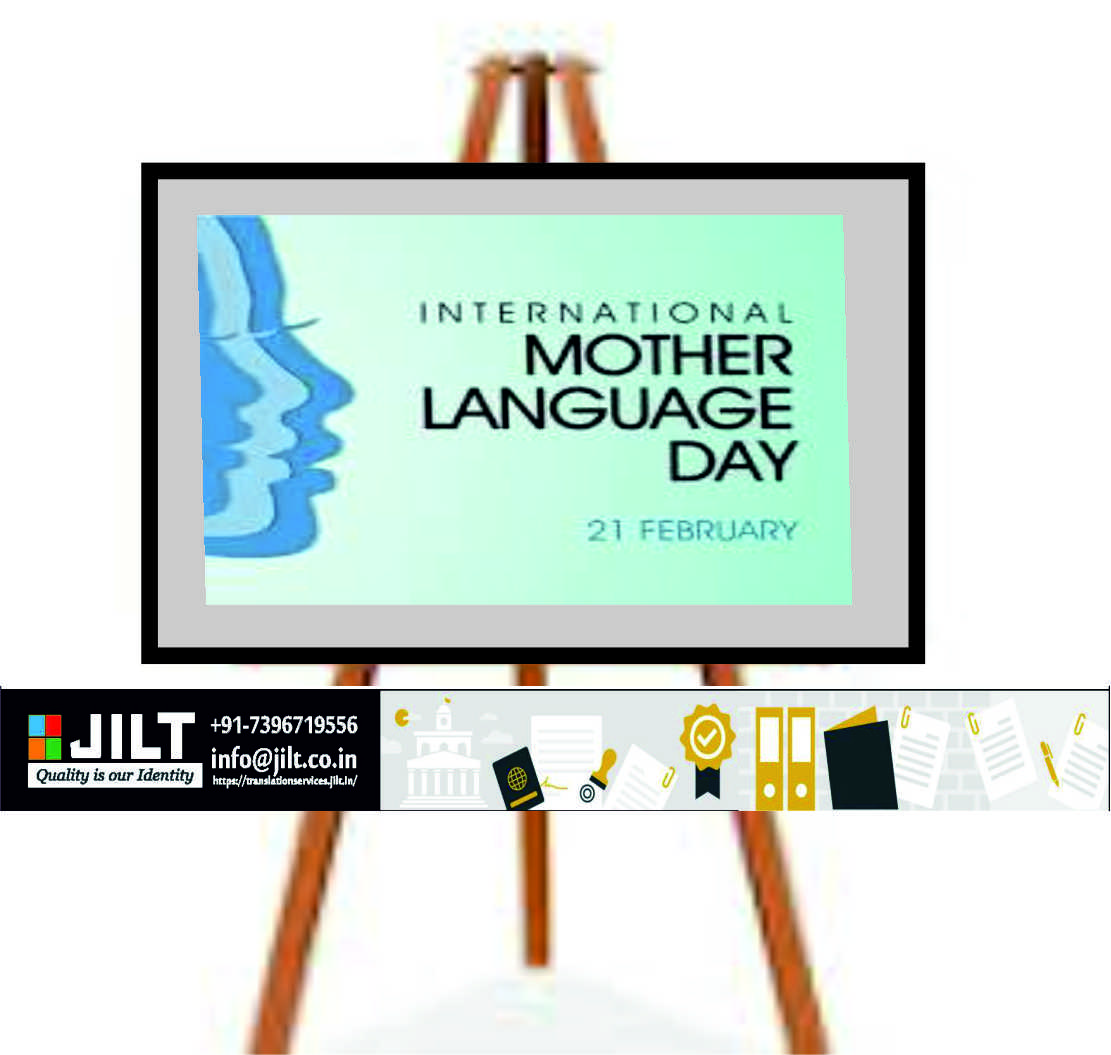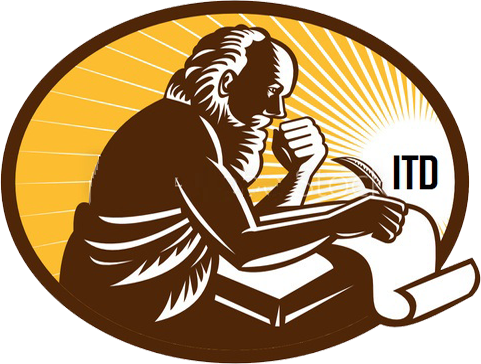
GLOBAL CELEBRATIONS: INTERNATIONAL MOTHER LANGUAGE DAY INSIGHTS
by Dr. Abu Mazhar Khalid Siddique - February 24, 2024
Introduction
Every year on February 21, people around the world celebrate International Mother Language Day (IMLD), which shows how important it is to have a variety of languages and keep mother tongues alive. This celebration, which UNESCO started, honors the Language Movement in Bangladesh. On February 21, 1952, students protested against Urdu being made the only legal language, calling for Bengali to be recognized instead. This moving event in history shows how important the fight for language rights is and how much language shapes national identity.
International Mother Language Day (IMLD) is a time for people all over the world to enjoy the diversity of language heritage. It helps people realize that languages are more than just ways to communicate; they are also important parts of cultural expression. Today is a reminder of how important it is to protect and support mother tongues because they shape our identities as individuals and as a society. As the world becomes more connected very quickly, International Mother Language Day encourages everyone to make a promise to respect all languages and keep them alive so that everyone can enjoy the richness of our shared culture.
Celebration of International Mother Language Day
International Mother Language Day (IMLD) honors linguistic variety and culture worldwide. Nationwide activities, seminars, and cultural programs celebrate mother languages on February 21. Organizations, schools, and communities encourage linguistic inclusion and value each language. Languages shape identities and preserve the world's cultural tapestry, therefore, the day promotes understanding and tolerance among many linguistic communities. Celebrations frequently focus on the year's theme, fostering awareness and togetherness in preserving linguistic history.
Historical Context
UNESCO's creation of International Mother Language Day (IMLD) has historical value that comes from the complex web of language conflicts. In response to the Language Movement in Bangladesh on February 21, 1952, when students protested against having to learn Urdu, UNESCO made this date a world holiday in 1999. As students in Bangladesh fought hard for Bengali to be recognized as their mother tongue, the movement showed how important language is to national identity. UNESCO understood that this linguistic claim had implications for everyone and wanted to honor the people who gave their lives to protect linguistic diversity.
International Mother Language Day (IMLD) is a global call to action to honor and protect linguistic heritage. It stresses how important language is in shaping cultures. This day was created to honor the fights for linguistic rights in the past and to show that different linguistic communities are committed to knowing and tolerating each other. This project by UNESCO shows how committed the organization is to spreading cultural diversity and protecting languages that are in danger of dying out. So, International Mother Language Day is a sign of unity that reminds all countries that they have a duty to protect the mix of languages that makes up the cultural wealth of all people.
Linguistic Diversity
Linguistic diversity is the fascinating variety of languages spoken around the world, which shows the complex web of human contact. There are a lot of different languages spoken in different countries. Each one has its own grammar, phonetics, and cultural nuances that make up the complex web of language use. From widely spoken languages like Mandarin and English to less common accents that are in danger of dying out, this variety shows how people communicate and how cultures have changed over hundreds of years.
Having thousands of languages at the same time shows how different languages are from each other. Each language helps to pass on cultural heritage, social rules, and shared histories. It's important to accept this diversity in order to see the value that each language brings to the global conversation. As we move through this linguistic kaleidoscope, it becomes clear that knowing and appreciating the huge variety of languages is not only a matter of curiosity, but also a reason to celebrate
The Impact of Language on Identity
Language has a huge effect on identity because it is so important for shaping and keeping cultural traditions alive. Language is more than just a way to talk to each other; it's also a way for a community to share its history, values, and customs. Language is how people share their unique points of view and keep alive a collective awareness that shapes their cultural identity.
Language and keeping social norms alive are two very important things that are connected when we look at how language shapes national identity. The idiomatic details, tales, and linguistic rituals ingrained in a community's language shape its distinctive character. Language also becomes a way for people to share the stories and memories that aren't written down but hold a group together. So, protecting native languages is very important because it protects not only linguistic variety but also the different ways that different cultures see and understand the world.
Language is basically like a moving mirror that shows what a group is all about. To understand how language affects identity, you need to know how it helps people feel like they belong, keeps families together, and adds to the rich tapestry of cultural differences around the world.
Language Preservation Efforts
As the number of endangered languages drops alarmingly, attempts to keep them alive are more important than ever. Around the world, many new projects and efforts have been created to protect linguistic diversity and keep unique cultural expressions from dying out. Groups like UNESCO actively back projects that record, revive, and promote languages that are in danger of dying out. People from the local community, linguists, and educational schools often work together on these projects to make comprehensive plans for preserving languages.
Along with efforts from around the world, many indigenous groups have also started their own grassroots campaigns to protect their languages. Some of these projects are language immersion programs, language documentation projects in communities, and the creation of educational tools. These programs not only help protect endangered languages by giving local communities the tools they need to take pride in their language heritage, but they also give communities a feeling of identity and pride.
Also, advances in technology are very important for preserving languages because they have led to the creation of digital archives and online platforms that store linguistic materials. These efforts not only make it easier to get language materials, but they also let linguists, experts, and language lovers work together and share what they know. As more people around the world realize how important it is to have a variety of languages, ongoing projects and programs are still very important for making sure that threatened languages live on and grow for future generations.
Challenges and Threats
There are many problems and threats that minority languages face, and they need to be carefully thought through in order to protect culture. One common problem is that dominant languages are spreading, which causes people to blend their languages and minority languages to become less important. As a result of globalization, widely spoken languages are becoming more important in many areas, such as business, education, and the media.
A big threat to minority languages is also economics, since communities are often forced to switch to languages that are better for business in order to get better chances. The fact that minority language education doesn't have enough institutional support and funding makes it even harder for them to stay alive. To solve these problems, we need a multifaceted method that includes working with the community, getting the government to support minority languages, and starting educational programs to show how valuable and long-lasting these languages are. Understanding the value of linguistic variety is key to reducing these problems and creating a welcoming space where all languages, no matter how small, can grow and add to the world's cultural mix.
Future Outlook
The role of technology is becoming more and more connected to the future of preserving and promoting languages. As we move into the digital age, new technologies give us chances to bring extinct languages back to life and keep them alive. Digital platforms, mobile apps, and online tools make language documentation much easier by creating archives that linguists, researchers, and communities can access. These archives help preserve linguistic heritage.
Machine learning and artificial intelligence are also very important in the fight to keep languages alive. These technologies make it easier to make language learning apps, interactive tools, and automatic translation services. This makes them easier for more people to use and encourages more people to get involved in language revitalization. Using technology not only helps with documentation but also builds a sense of community among language groups, spanning geographical boundaries and making it easier for everyone to work together to protect linguistic diversity. Using technology to help protect languages makes sure that they will have a lively and long-lasting future. This is a good sign for continuing to celebrate and protect the world's linguistic history.
Conclusion
In conclusion, International Mother Language Day celebrates linguistic variety and cultural legacy annually. The Bangladeshi Language Movement served as inspiration for this day, which calls on governments to recognize and protect the languages that make us who we are. Due to globalization and linguistic assimilation, protecting mother tongues becomes more important as we commemorate linguistic richness on February 21.
International Mother Language Day promotes linguistic inclusion and togetherness among varied cultures. It emphasizes the need for communal language preservation to prevent the extinction of any language, regardless of size or popularity. In the future, the day will foster contemplation on languages' importance in cultural preservation, identity creation, and global understanding, underscoring humanity's shared obligation to maintain and celebrate our linguistic tapestry.
Our organization employs native-speaking translators who can provide certified translation services in any language. We provide translation services in English (Urdu), Arabic (Spanish), German (French), Persian (Iranian), French (Italian), Japanese (Korean), Russian, and any other Indian or local language. Expert proofreaders at our company will inspect the translation. We also provide a courier service to deliver completed documents to our clients.
- Also Read :- THE SIGNIFICANCE AND VERSATILITY OF LEGAL DOCUMENT TRANSLATION AND ATTESTATION
- Also Read :- Inspection Certificate Translation Service
- Also Read :- HOW IS THE MOST POPULAR TRANSLATING TELUGU DOCUMENTS IN THE WORLD
- Also Read :- Keywords Research Is backbone for Multilingual SEO
- Also Read :- Statutory declaration translations (JILT - Certified Translation Services)
- Also Read :- Books Translation Services
- Also Read :- Engineering Certificate Translation Services
- Also Read :- Will Document Translation Service
- Also Read :- Pay Slips Document Translation Services
- Also Read :- Nursing Certificate Translation Service
Search
Categories
Archives by Month
Popular Blog
QUICK TRANSLATION QUOTE
Need help with a translation?
Get in touch with us
Whether you have a specific project you want to discuss, need a translation quote or simply want to discuss your requirements, do not hesitate to get in touch with us.











Social Networks